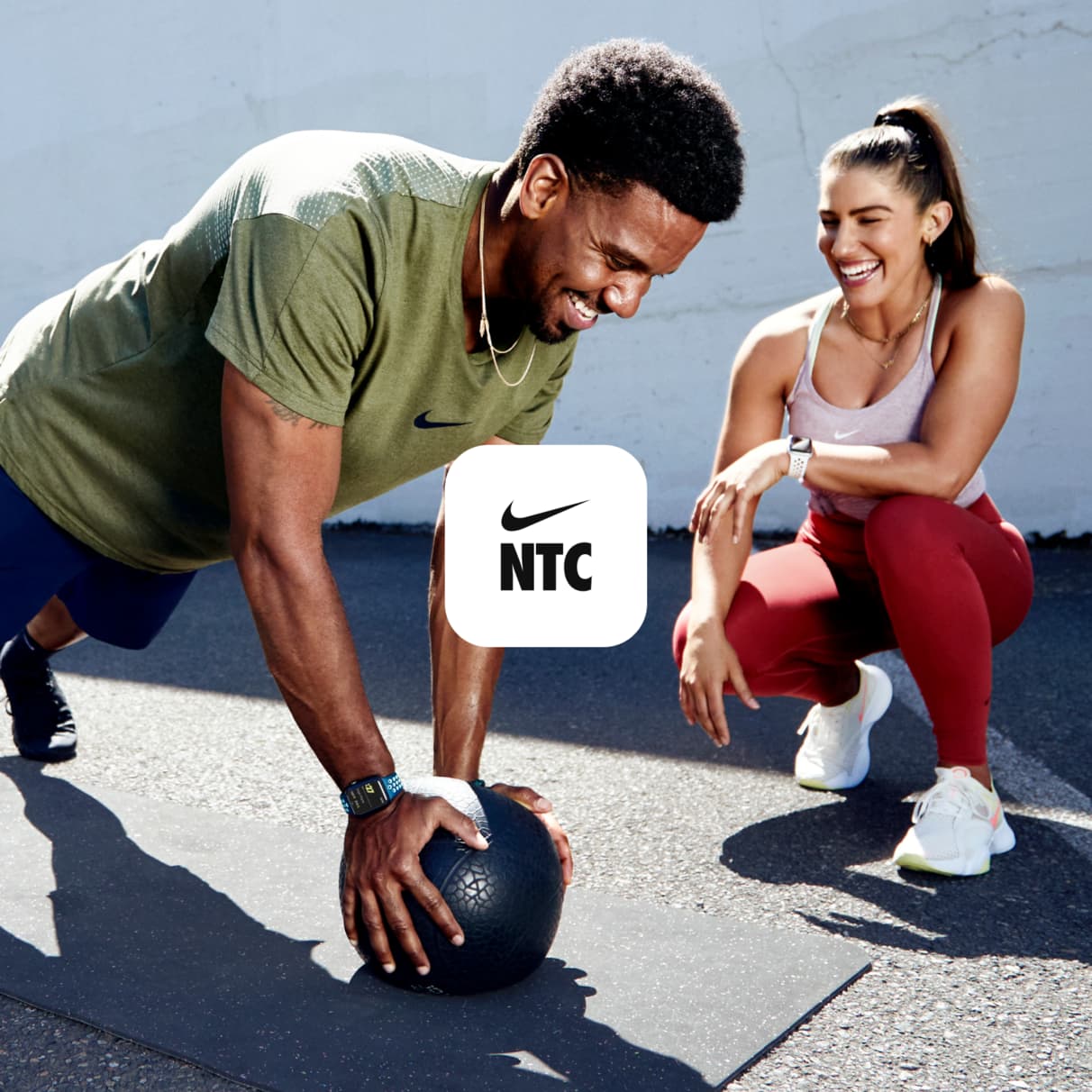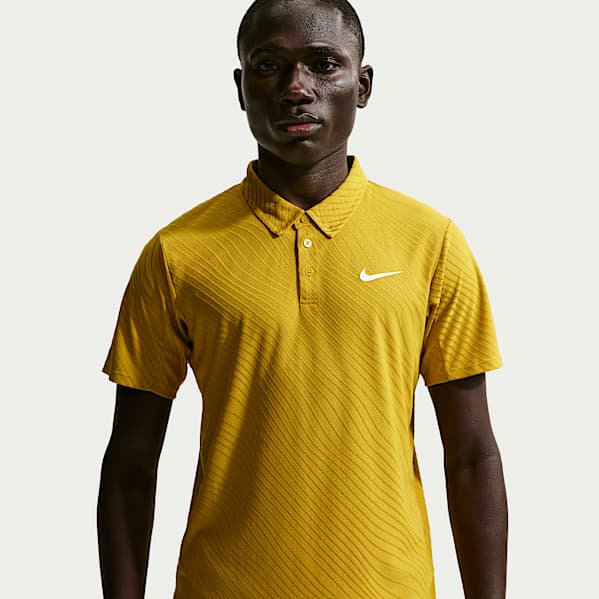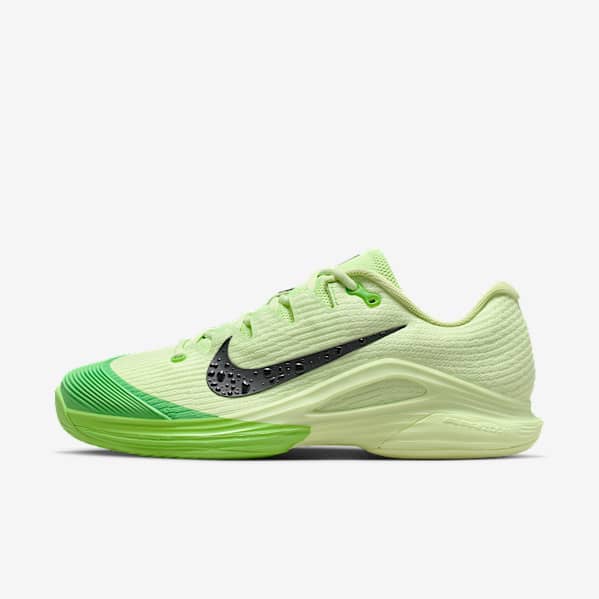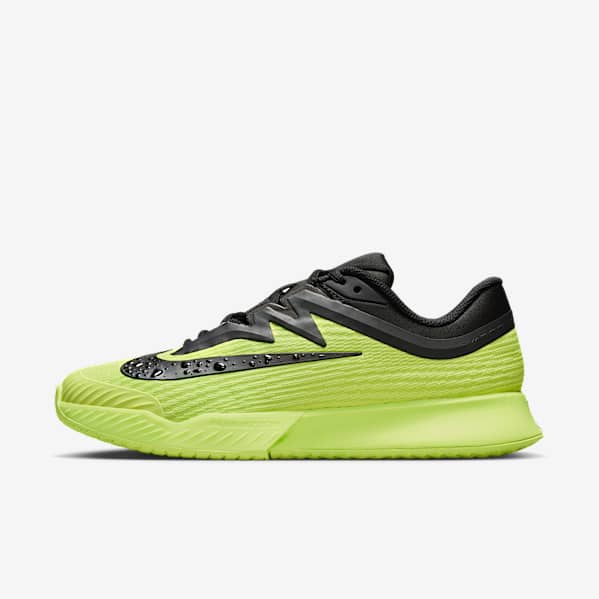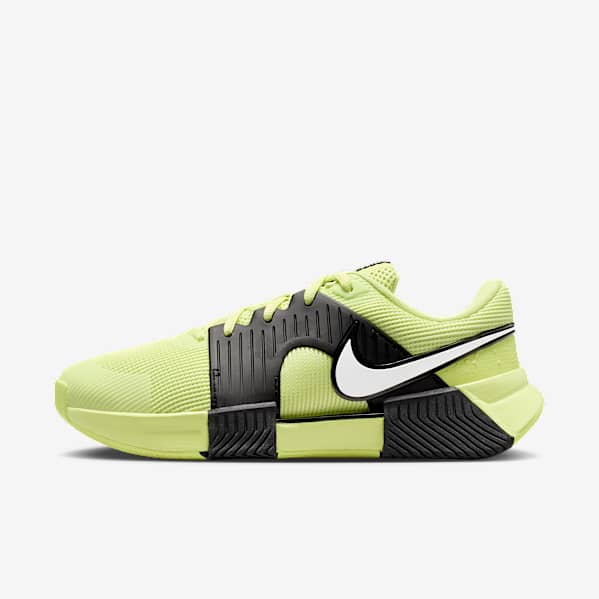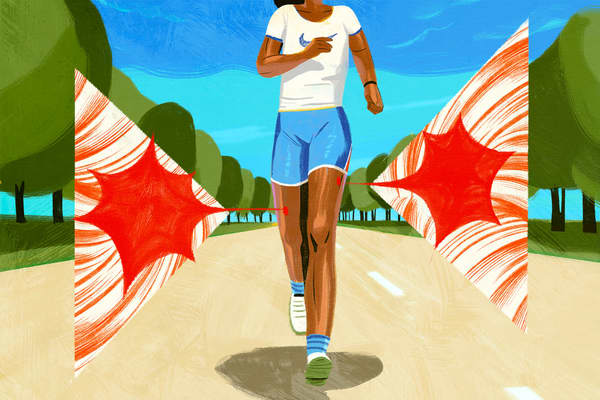What Is Tennis Elbow and How Do You Treat It? Experts Explain.
Health & Wellness
Pain affecting your game? Two doctors weigh in on the symptoms of tennis elbow and what to do if you have it.

Tennis is a high-energy game that requires strength and cardiovascular endurance. For avid tennis players, it can be a great workout and a way to connect (or compete) with friends. But as you ramp up your matches, you may encounter a common injury among players: tennis elbow.
According to a 2020 clinical review in the Journal of Orthopaedics, up to 50 percent of all tennis players develop tennis elbow due to various factors, such as poor swing technique or the use of a heavy racket. And, according to a 2015 study in the American Journal of Sports Medicine, tennis elbow has been reported to affect 1 to 3 percent of adults each year.
What Is Tennis Elbow?
"Tennis elbow, or lateral epicondylitis, is a relatively common condition that results in pain at the lateral or outer part of the elbow", explained Mark Sakr, D.O., C.A.Q.S.M., F.A.A.F.P., team doctor for the University of Arizona.
Ready for an anatomy lesson? Sakr explained that tennis elbow affects the lateral epicondyle (the bony ridge on the outer side of your elbow). This part of the arm is where several wrist and forearm muscles attach. The extensor wrist muscles (whose primary function is to bend the back of your hand towards your face) also attach at this site by a tendon.
When this muscular anchor point encounters stress from repetitive motions, overuse or heavy resistance (like during tennis, weight training or even gardening), you can develop tennis elbow. This can cause inflammation, degeneration and potential tearing, said Michael Dakkak, D.O., M.B.A., C.A.Q.S.M., sports medicine doctor at Cleveland Clinic Florida. He reiterated that, while the condition is commonly known as "tennis elbow", other sports and activities can cause it.
What Are the Symptoms of Tennis Elbow?
Sakr explained that most commonly, tennis elbow can be described as pain on the outer elbow when the wrist is extended and the elbow is straight. It can also be experienced as discomfort when direct pressure is applied to the outer elbow, or the wrist moves into full flexion with the elbow straight. Tennis elbow can also impact grip strength.
"The pain can be a dull ache that you only notice with certain activities, or it can become a constant, more severe pain with even simple activities like lifting your cup of coffee", said Sakr.
How to Treat Tennis Elbow
If you're experiencing pain or discomfort in your elbow, it's best to speak with your doctor for treatment.
"Being proactive about your condition as prevention is key. Do not ignore pain. Get evaluated early by a medical professional", said Dakkak.
He added that the treatment your doctor recommends may depend on the severity of the tennis elbow. Treatment options can range from physiotherapy, bracing, corticosteroid injections, PRP (platelet rich plasma) injections or percutaneous needle tenotomy (a minimally invasive procedure done under local anaesthesia to remove the damaged tissue).
"[Treatment] is determined typically with the assistance of a trained professional in musculoskeletal ultrasound who can view the tendon in real time to get a deeper look at it", Dakkak said. "In some instances, ultrasound can be superior to MRI when looking at the tendon".
However, there are some measures you can take at home to help get some relief for your tennis elbow.
“If you try (the following) for about five days and do not seem to be gaining much ground, you should consider getting evaluated by a healthcare provider", said Sakr.
4 Ways to Help Relieve Pain from Tennis Elbow
Note: according to Johns Hopkins Medicine, it's important to speak with your doctor if you experience pain or trouble moving in a way that affects daily activities, if your pain doesn't get better (or gets worse) with treatment, or if you see a bulge or lump in your arm.
1.Modify Your Activity.
Changing the activity that may be the cause of your tennis elbow is a great place to start.
"The simple but surprisingly effective strategy of 'If it hurts … don't do it', applies here", said Sakr. "Continuing to stress the area with repetitive activities or lifting heavy weights/objects when you feel the pain just creates more inflammation and injury".
To prevent this, he suggested implementing cross-training or finding other activities that do not recreate the pain.
"Find activities that do not hurt and stick to them until the pain improves", said Sakr. "From there, slowly build your way back up to your prior activities".
(Related: How To Treat Sore Muscles After a Tough Workout, According to Experts)
2.Rest and Use a Counterforce Brace.
When modifying activity isn't enough, allowing the area to rest for a few days to a week can be very helpful. If you rest for several days and the pain persists or worsens, it's probably time to see your doctor.
"Sometimes you need to shut the muscles down for a bit", said Sakr. He suggested wearing a counterforce brace during this time.
"They work by compressing the extensor muscles just below the elbow and reducing the tension forces that travel through the muscle-tendon complex, [allowing] the area to undergo some relative rest", he explained. "Plan to wear the brace when doing your normal activities during the day, but you don't have to sleep in the brace".
3.Tackle Inflammation With Ice and Non-Steroidal Anti-Inflammatory Drugs (NSAIDs).
Icing can help decrease the inflammation that occurs with tennis elbow.
"Topical anti-inflammatory use, like icing three times a day, can be very helpful in suppressing the inflammation at that area, which causes a lot of the pain", said Sakr. "When icing, make sure you allow breaks. So, ice for 10 to 15 minutes, take a 15-minute break and then ice again for 10 to 15 minutes".
He added that it's important to listen to your body and stop icing sooner if it becomes uncomfortable. But if you can, doing two or three of these on-off-on sessions each day can be helpful. Be sure to wrap any ice in a washcloth or other soft surface to avoid placing ice directly on your skin.
You may also take NSAIDS (such as ibuprofen, aspirin or naproxen) to help decrease inflammation. Make sure you check with your doctor if you have any other medical conditions or are currently taking other prescriptions that might react to additional medicine.
4.Use a Wrist Brace.
If you continue to play tennis or another activity that involves grip strength, twisting motions of the wrist or flexion and extension of the wrist, a wrist brace can help.
"A wrist brace provides support and stability to limit the range of motion of the wrist to allow the tendon to rest", said Dakkak.
For more Nike tips on training and recovery, download the Nike Training Club App.
Words by Emily Shiffer
